Subscribe to our YouTube channel for the latest videos, updates, and tips.
Solved Examples in Logarithm
Solved examples in logarithm are explained here step by steep using different laws of logarithm. Some worked-out problems on logarithm will help us with the concept how to apply all the formulas of logarithm.
1. Show that the value of log₁₀ 2 lies between 1/3 and 1/4
Solution:
We have, 8 < 10 or, 2³ < 10
Therefore, log₁₀ 2³ < log₁₀ 10
or, 3log₁₀ 2 < 1
or, log₁₀ 2 < 1/3 ................... (i)
Again, 16 > 10 or, 2⁴ > 10
or, log₁₀ 2⁴ > log₁₀ 10
or, 4 log₁₀ 2 > 1
or, log₁₀ 2 > 1/4 .................. (ii)
Therefore from (i) and (ii) we get, 1/3 > log₁₀ 2 > 1/4
i.e., the value of log₁₀ 2 lies between 1/3 and 1/4 Proved.
2. If log₁₀ 2 = 0.30103 find the value of log₅ 32.
Solution:
Since, log₁₀ 10 = 1,
Therefore, log₁₀ (2 × 5) = 1
or, log₁₀ 2 + log₁₀ 5 = 1
or, log₁₀ 5 = 1 - log₁₀ 2 = 1 — 0.30103 = 0.69897
Now, log₅ 32 = log₁₀ 32 × log₅ 10 = (log₁₀ 32)/(log₁₀ 5) [since log₅ 10 × log₁₀ 5 = 1]
or, log₅ 32 = (log₁₀ 2 ⁵)/(log₁₀ 5)
= (5 log ₁₀ 2)/(log₁₀ 5)
= (5 × 0.30103)/0.69897
= 2.15 (approx.)
Solution:
log2 x + log4 x + log16 x = 21/4
or, 1/(logx 2) + 1/(logx 4) + 1/(logx 16) = 21/4 [since, log2 x × logx 2 = 1]
or, 1/(logx 2) + 1/(2 logx 2) + 1/(4 logx 2) = 21/ 4
or, 1/a + a/(2a) + 1/(4a) = 21/4 [assuming logx 2 = a]
or, 7/(4a) = 21/4
or, 3a = 1
or, a = 1/3
or, logx 2 = 1/3
or, x1/3 = 2
or, x = 8.
4. If a, b, c are three consecutive positive integers, show that, log (1 + ac) = 2 log b.
Solution:
Since, a, b, c are three consecutive positive integers, hence, either
a = b – 1 and c = b + 1
or, a = b + 1 and c = b - 1
Clearly, in any case, 1 + ac = 1 + (b - 1)(b + 1) = 1 + b2 - 1 = b2
Therefore, log (1 + ac) = log b2 = 2 log b. Proved.
5. If a, b, c are in A. P. and x, y, z are in G. P., prove that, (b - c) log x + (c - a) log y + (a - b) log z = 0.
Solution:
By problem, a, b and c are in A. P.
Therefore b - a = c - b or, a – b = b - c
or, 2b – c – a = 0
Again, x, y, z are in G. P.
Therefore y/x = z/y or, y2 = zx.
L. H. S. = (b - c) log x + (c - a) log y + (a - b) log z
= (b - c) log x + (c - a) log y + (b - c) log z [since a - b = b - c]
= (b - c) (log x + log z)+ (c - a) log y
= (b - c) log (xz) + (c - a) log y
= (b - c) log (y2) + (c - a) log y [since xz = y2]
= 2(b - c) log y + (c - a) log y
= log y × (2b - 2c + c - a)
= log y × (2b - c - a)
= log y × 0 [since 2b – c – a = 0]
= 0. Proved.
6. Prove that, (yz)log (y/z) × (zx)log (z/x) × (xy)log (x/y) = 1.
Solution:
Let, P = (yz)log (y/z) × (zx)log (z/x) × (xy)log (x/y)
Therefore log P = log [(yz)log (y/z) × (zx)log (z/x) × (xy)log (x/y)]
= log (yz)log (y/z) × log (zx)log (z/x) × log (xy)log (x/y)
= (log y - log z)(log y + log z) + (log z - log x)(log z + log x) + (log x - log y)(log x + logy)
= (log y)2 - (log z)2 + (log z)2 - (log x)2 + (log x)2 (log y)2
or, log P = 0 = log 1
P = 1 i.e., (yz)log (y/z) × (zx)log (z/x) × (xy)log (x/y) = 1.
7. Show that, 1/(loga bc + 1) + 1/(logb ca + 1) + 1/(logc ab + 1) = 1.
Solution:
We have, loga bc + 1 = loga bc + loga a = loga abc
Therefore, 1/(loga bc) + 1 = 1/(loga abc) =logabc a
Similarly,1/(logb ca + 1) = logabc b and 1/(logc ab + 1) = logabc c
L.H.S. = 1/(loga bc) + 1 + 1/(logb ca) + 1 + 1/(logc ab + 1)
= logabc a + logabc b + logabc c = logabc (abc) = 1. Proved.
8. Solve log5 (51/x + 125) = log5 6 + 1 + 1/(2x)
Solution:
log5 (51/x + 125) = log5 6 + 1 + 1/(2x)
51/x + 125 = 5log5 6 + 1 + 1/(2x) [ since loga M = x implies ax = M]
= 5log5 6 ∙ 51 ∙ 51/(2x) = 6 ∙ 5 ∙ 51/(2x) [since aloga M = M]
or, a2 + 125 = 30a where a = 5 1/(2x)
or, a2 - 30a + 125 = 0
or, (a - 5)(a - 25) = 0
Therefore either, a - 5 = 0 i.e., a = 5
or, a - 25 = 0 i.e., a = 25
Now, a = 5 gives 5 1/(2x) = 5 Therefore, 1/(2x) = 1 or, x = 1/2
and, a = 25 gives, 5 1/(2x) = 52
Therefore, 1/(2x) = 2 or, x = 1/4
Therefore the required solutions are x = 1/2 or, x = 1/4.
9. If a > 0, c > 0, b = √aca, c and ac ≠ 1, N > 0,
prove that, loga N/logc N = (loga N - logb N)/(logb N - logc N)
Solution:
Let,loga N= x, logb N = y and logc N = z.
Then by definition of logarithm we have,
N = ax = by = cz
Therefore a = N1/x , b = N1/y and c = N1/z
Now, b = √ac or, b2 = ac
or, (N 1/y)2 = N1/x ∙ N1/z or, N2/y = N 1/x + 1/z
Therefore, 2/y = 1/x + 1/z
or, 1/y - 1/x = 1/z - 1/y
or, (x - y)/x = (y – z)/z
or, x/z = (x – y)/(y – z)
or, loga N/logc N = (loga N - logb N)/(logb N - logc N) [putting the values of x, y, z] Proved.
● Convert Exponentials and Logarithms
● Logarithm Rules or Log Rules
● Worked-Out Problems on Logarithm
● Solved Examples in Logarithm
11 and 12 Grade Math
From Solved Examples in Logarithm to HOME PAGE
Didn't find what you were looking for? Or want to know more information about Math Only Math. Use this Google Search to find what you need.
Recent Articles
-
5th Grade Circle Worksheet | Free Worksheet with Answer |Practice Math
Jul 10, 25 11:41 AM
In 5th Grade Circle Worksheet you will get different types of questions on parts of a circle, relation between radius and diameter, interior of a circle, exterior of a circle and construction of circl… -
Construction of a Circle | Working Rules | Step-by-step Explanation |
Jul 09, 25 01:29 AM
Construction of a Circle when the length of its Radius is given. Working Rules | Step I: Open the compass such that its pointer be put on initial point (i.e. O) of ruler / scale and the pencil-end be… -
Combination of Addition and Subtraction | Mixed Addition & Subtraction
Jul 08, 25 02:32 PM
We will discuss here about the combination of addition and subtraction. The rules which can be used to solve the sums involving addition (+) and subtraction (-) together are: I: First add -
Addition & Subtraction Together |Combination of addition & subtraction
Jul 08, 25 02:23 PM
We will solve the different types of problems involving addition and subtraction together. To show the problem involving both addition and subtraction, we first group all the numbers with ‘+’ and… -
5th Grade Circle | Radius, Interior and Exterior of a Circle|Worksheet
Jul 08, 25 09:55 AM
A circle is the set of all those point in a plane whose distance from a fixed point remains constant. The fixed point is called the centre of the circle and the constant distance is known

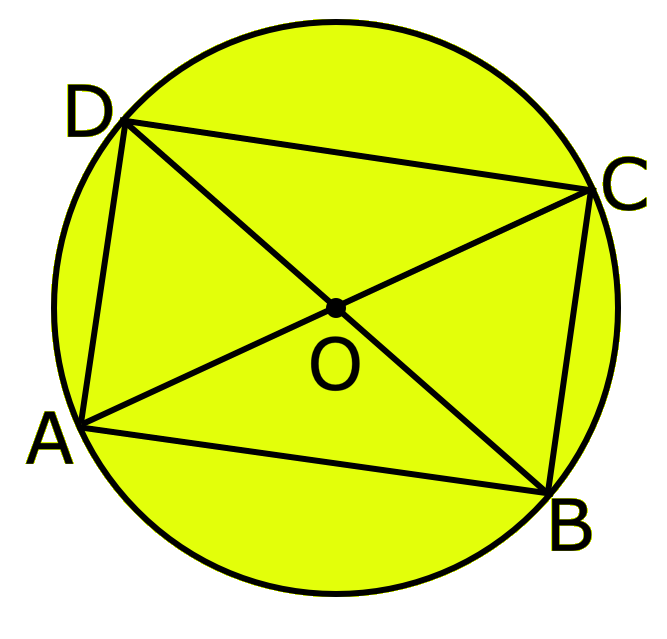
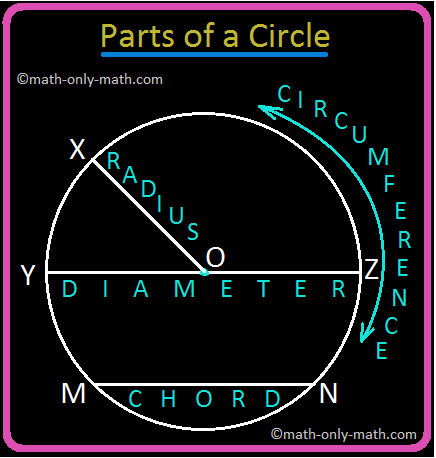
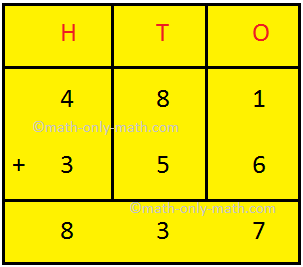
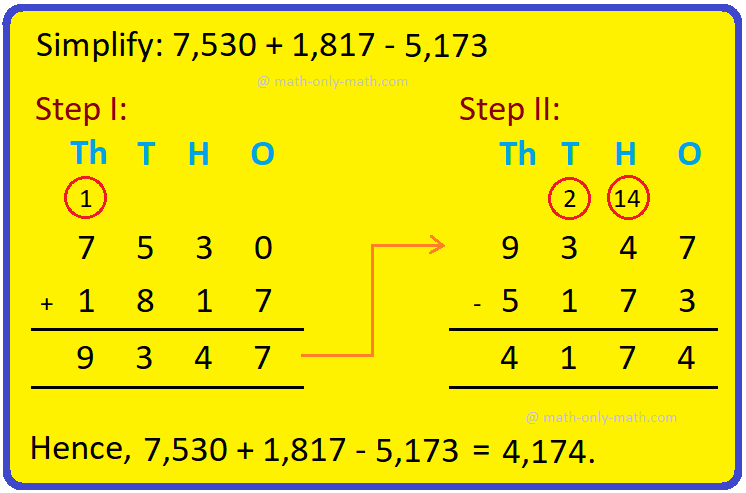
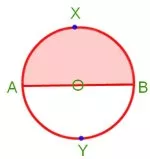
New! Comments
Have your say about what you just read! Leave me a comment in the box below. Ask a Question or Answer a Question.